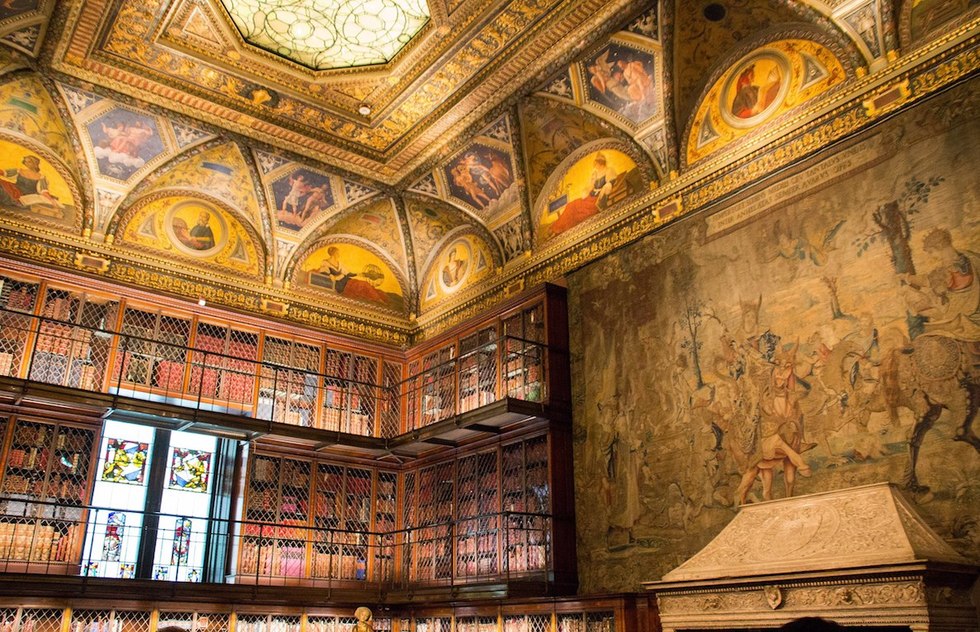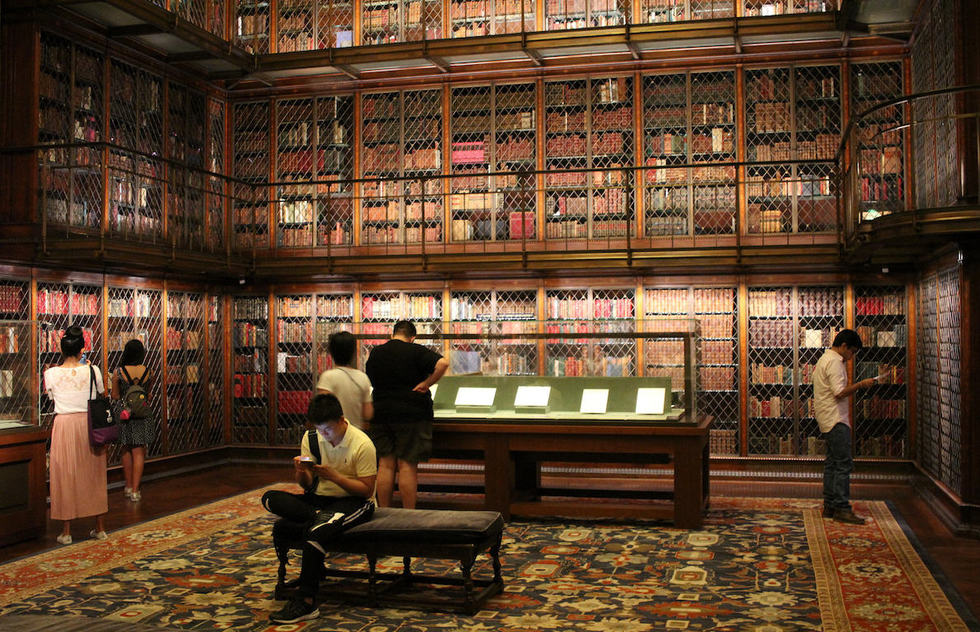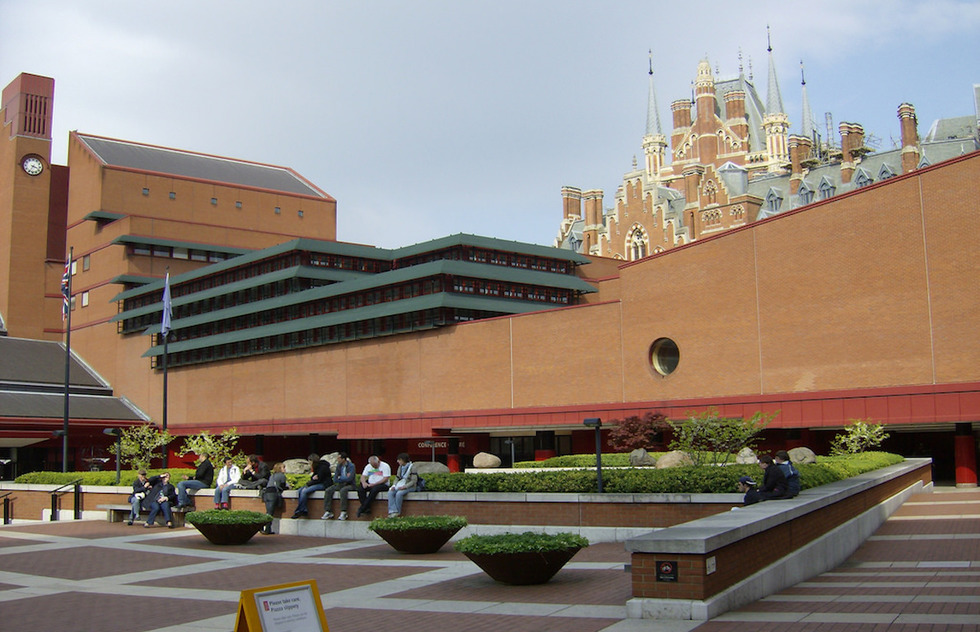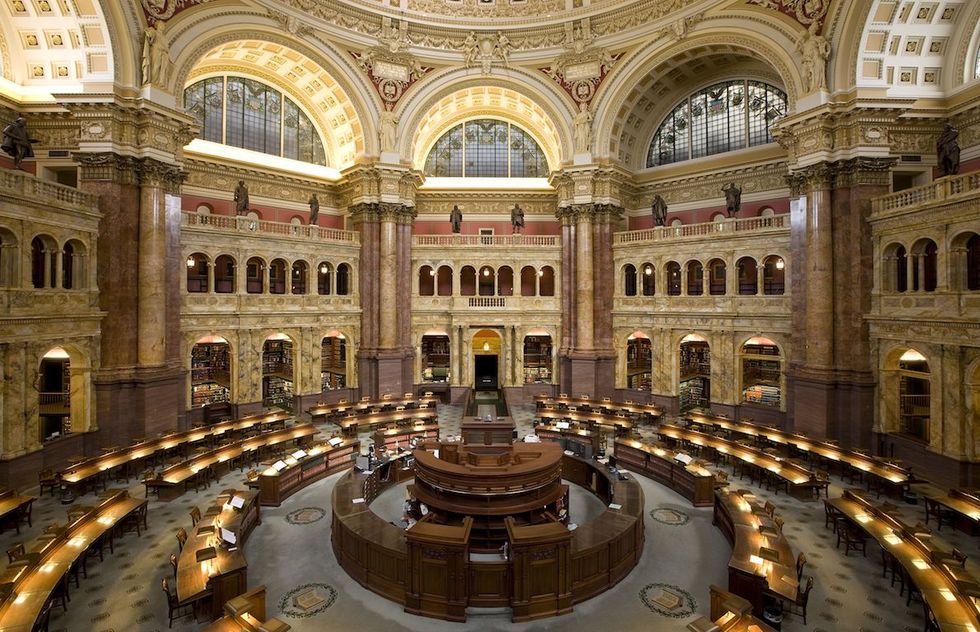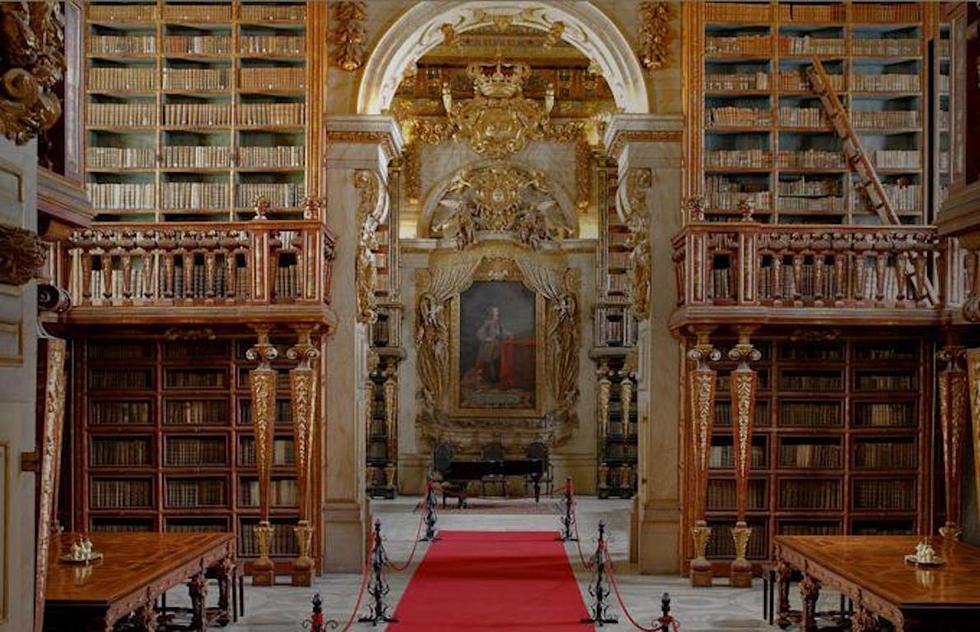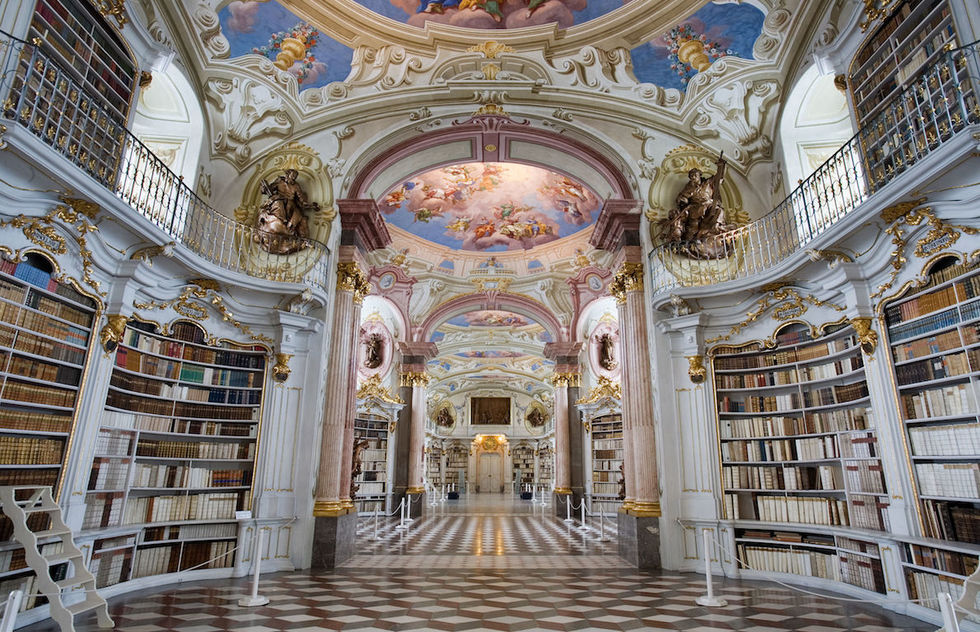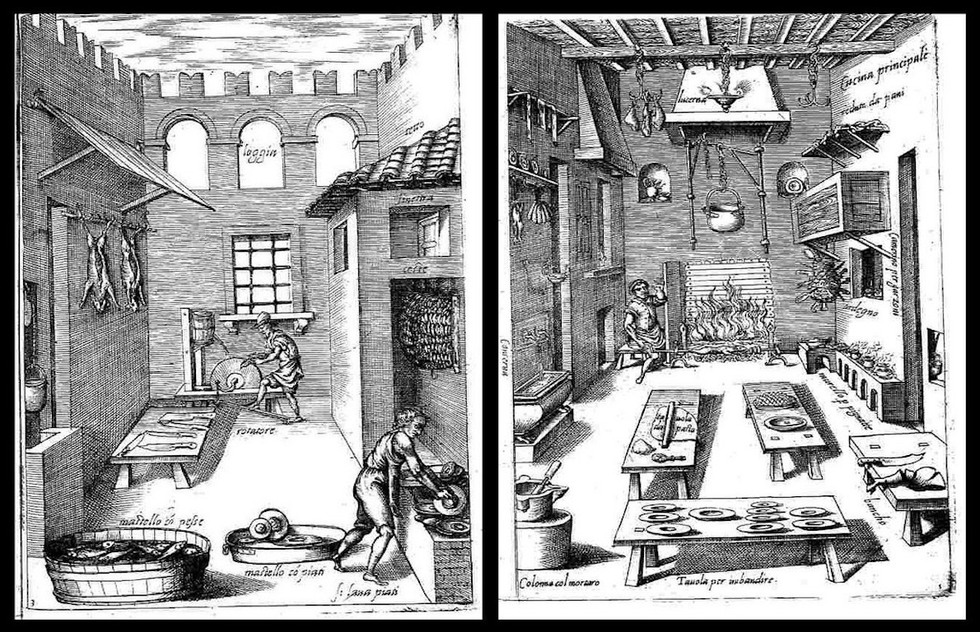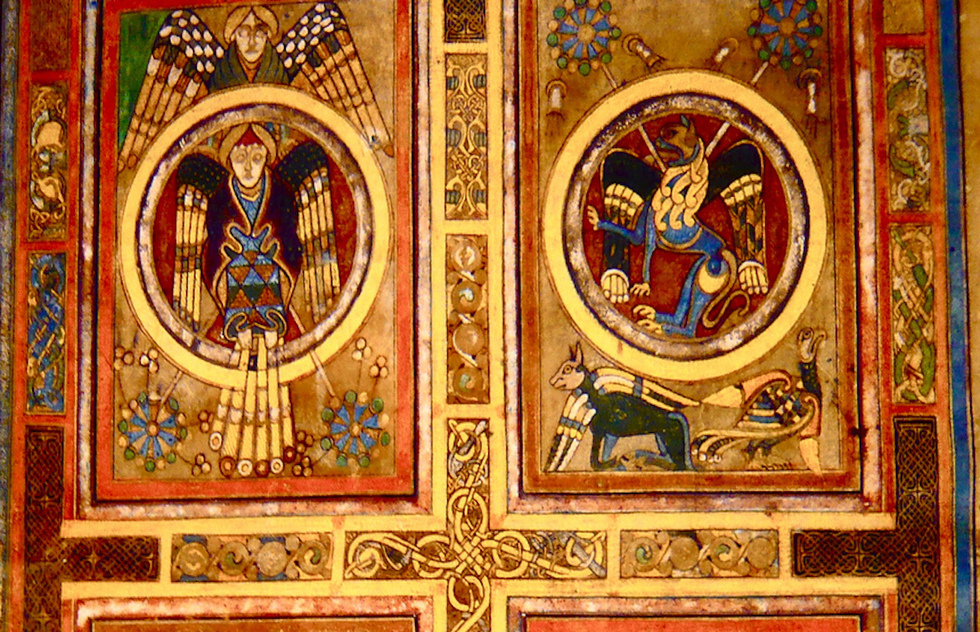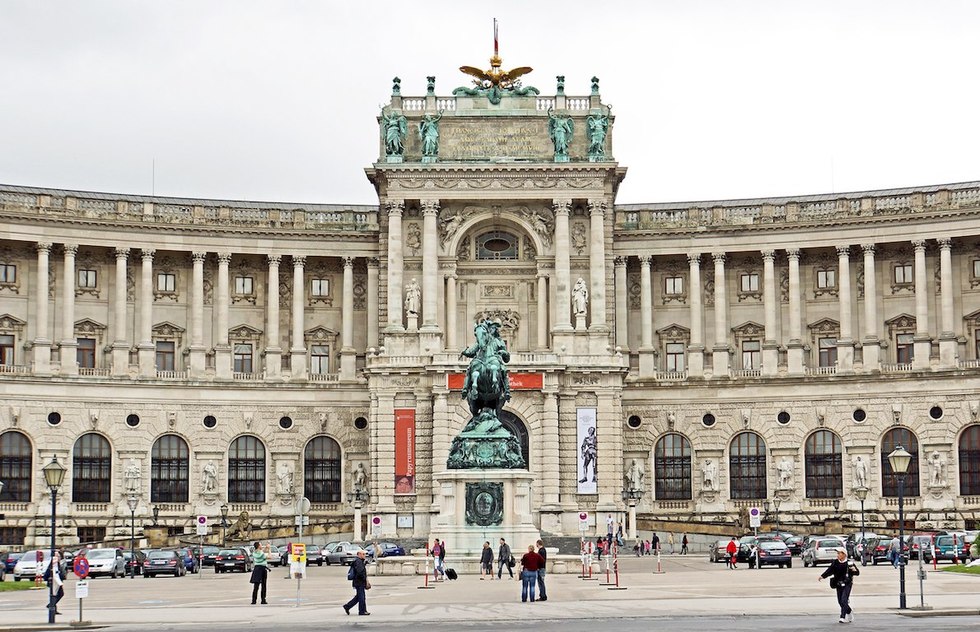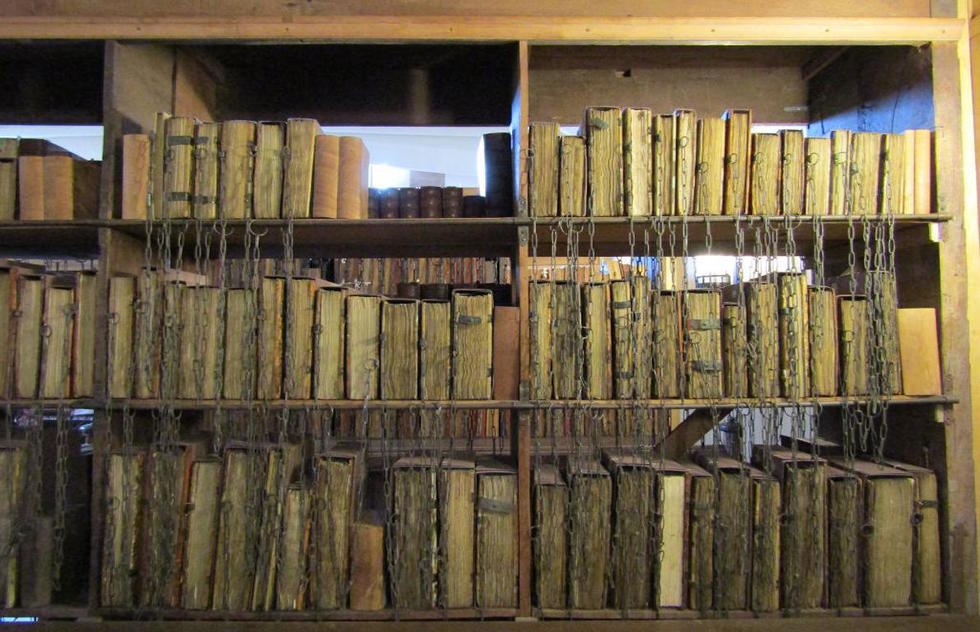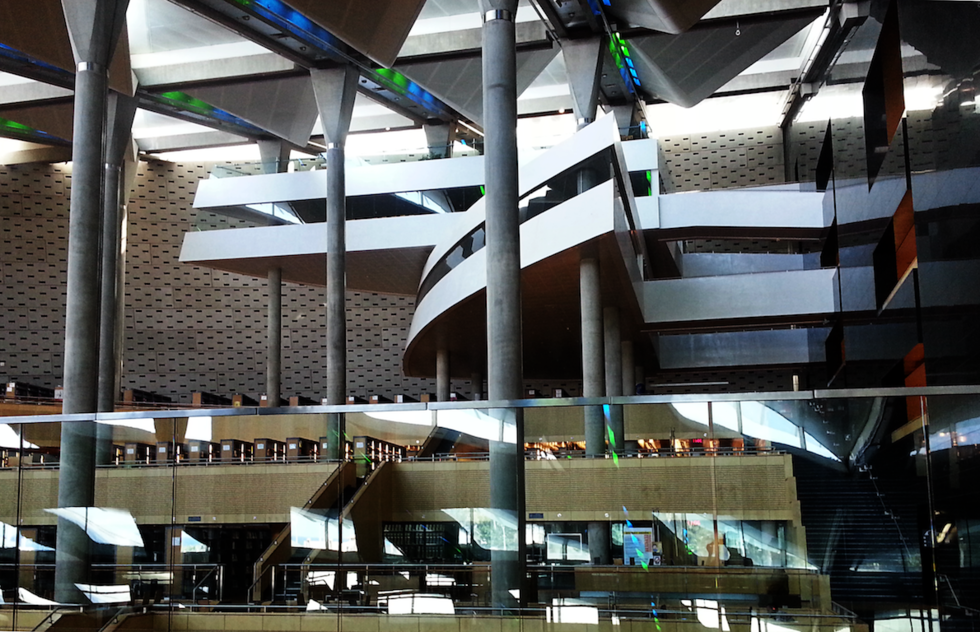10 Storied Libraries Worth Checking Out
By Talia CohenWe don’t often think of libraries as tourist destinations. Most are neighborhood, not international, treasures. But there are libraries whose buildings, histories, artwork, and of course, books earn them a place at the top of any travel itinerary. Each of the libraries on this list not only welcomes visitors but also offers regular guided tours of the most precious holdings. Fair warning: These places may well leave you shelf-shocked.
Pictured: the East Room of the Morgan Library and Museum in New York City
John Pierpont Morgan, the finance mogul of the Progressive Era, commissioned only two buildings from scratch: a mansion for his favorite daughter, Louisa, and a palace for his collection of rare books and artwork. The billionaire spared no expense in constructing his private library, demanding bronze bookshelves, lapis lazuli columns, and Roman marble floors. His son gifted the library to New York City in 1924. The East Room's collection of brilliantly illuminated medieval manuscripts, one of the world’s largest, defies the pejorative term “Dark Ages.” The North Room's Renaissance masterpieces, including original Rembrandt sketches and ancient Near Eastern art, are among the library’s artistic highlights. But it’s the written works on display—among them Mozart’s handwritten sheet music, the journal Thoreau kept at Walden Pond, and a Gutenberg Bible—that arguably fulfill the vision of the Morgan’s first librarian, Belle da Costa Greene, who set out to make the library among the world’s “preeminent.”
225 Madison Ave., New York City; www.themorgan.org
The 1970s Brutalist exterior may not look quite as majestic as some of the other libraries on this list, but don’t be fooled: The British Library is a London must—and it's free to visit, too. Leonardo da Vinci’s notebook, the Magna Carta, and Handel’s Messiah are just a sample of the many jewels on display in the Sir John Ritblat Gallery, also known—aptly—as the Treasures Gallery. Take a tour (bring a sweater—it gets chilly!) and dive deep into the words and music that changed history. Afterwards, take a look at the impressive rare stamps collection and the library’s temporary exhibits, which have ranged in subject matter from the voyages of Captain James Cook to 7th-century Anglo-Saxon runes.
Housing more than 39 million books and 72 million manuscripts, the world's largest library is a giant love letter to the United States. Free public tours of the Thomas Jefferson Building, the oldest and most majestic of the Library of Congress’s three branches, introduce visitors to the history of the institution and the symbolism of its art and architecture. Explore, for instance, the ways in which the massive mosaic of Minerva, the Roman goddess of war and wisdom, represents the United States—what she's holding, what she has placed on the ground, and can you spot the hidden owl? Carefully curated temporary exhibitions explore everything from early American Bibles to baseball, while permanent displays include a gallery of historical cartoons, a collection of rare colonial maps and paintings, and a re-creation of Thomas Jefferson's library. Jefferson sold thousands of books to the institution in 1814 to replace those the British had burned in 1812. In a cruel twist, two thirds of his books burned in a fire in 1851.
Jefferson Building: 1st St. SE, between Independence Ave. and E. Capitol St., Washington, DC; www.loc.gov
In the 1690s, Portuguese colonial settlers discovered gold mines in Brazil. Hundreds of thousands of African and indigenous slaves toiled in what became known as the Brazilian Gold Rush. By the end of the 18th century, Portugal had imported 850 tons of gold from Brazil and still more from its colonies along the West African coast. That's why just about every column, mantelpiece, and entryway of the Baroque Biblioteca Joanina in the Portuguese university town of Coimbra glitters with gold and still more gold.
And yet, for all its gleaming and glowing, the library’s approach to pest control has always been on the earthier side. At night, the main hall looks like a haunted castle, as not one, but two colonies of bats emerge. Winged conservationists, they feast on bugs that might damage the collection’s 40,000 precious books. Library tours take place during the day when the bats are asleep, so the spookiest thing you’ll see will be the academic prison, where wayward students once waited out punishments for breaking the university’s rigid moral code.
Pátio das Escolas da Universidade de Coimbra; www.uc.pt/en/informacaopara/visit
The world’s largest monastic library is something of an architectural pun. Built in the 18th century, the library’s 48 windows and gleaming white shelves create a uniquely literal atmosphere in which scholars could celebrate the Enlightenment, the international philosophical movement that emphasized reason and individualism over dogma. So these enlightened thinkers could study in a library full of light—get it?
On the ceiling, seven frescoed cupola vaults form a symbolic homage to Enlightenment ideals. The eclectic figures lounging above on painted clouds include Moses, a symbol of the Old Testament; a female personification of medicine; and Aurora, goddess of the dawn. Taken together, the fresco series honors the humanities, the sciences, and theology as vital and complementary fields of knowledge. Forty-minute library tours, free with admission, expand on the symbolism and point out hidden staircases and secret doors.
Admont 1, 8911, Austria; www.stiftadmont.at/en/library
It’s much smaller than any of the preceding libraries, but anyone interested in medical history, botany, and historical cookbooks—or anyone who’s ever wanted to take a potions class at Hogwarts—should check out the Drs. Barry and Bobbi Coller Rare Book Reading Room at the New York Academy of Medicine. The room’s 32,000 books, most from the 15th to 18th centuries, include Nicholas Flamel’s recipe for immortality, advice on harvesting mandrakes, and the dishes that Renaissance popes enjoyed for dinner (illustrations from a 16th-century cookbook by Bartolomeo Scappi are pictured above). Outside of booking an academic appointment, the holdings are available for public viewing on the first Monday of the month, when librarians take visitors through the remedies and recipes of the Middle Ages through the 19th century. Tours begin promptly at noon.
1216 Fifth Ave. at 103rd St., New York City; nyam.org/library/
The Irish St. Columba is credited with bringing Christianity to the Picts and Gaels of Scotland. Most scholars agree it was at the abbey Columba founded in Iona that the Book of Kells (pictured above) was written and elaborately illustrated in the 9th century. There is a reason that monks risked their lives protecting the manuscript from Viking raids, eventually transferring it to Ireland for safekeeping, just as there is a reason for the long line to the Book of Kells Exhibition at the Trinity College Library.
Perhaps scholar Christopher de Hamel best captures it in his book Meetings with Remarkable Manuscripts (2016): “It is calligraphic and as exact as printing, and yet it flows and shapes itself into the space available. It sometimes swells and seems to take breath at the ends of lines. . . . The decoration is more extensive and more overwhelming than one could possibly imagine.” Once you’ve braved the line and immersed yourself in the history of, and come face-to-face with, the world’s most famous medieval manuscript, head to the library’s Long Room. There, tucked beneath towering shelves bearing 200,000 of the library’s oldest books, rests a 15th-century harp—the national symbol of Ireland.
A marble statue of Emperor Charles VI stands in the center of the Austrian National Library's State Hall. Against a backdrop of rare books, paintings, and golden scaffolding—all the usual markers of Baroque opulence, and then some—he all but commands visitors to admire the library he commissioned for his royal court. Outside the hall, you'll find a display of 300 ancient papyri, once the private collection of Archduke Rainer Ferdinand. Another exhibit explores the history of Esperanto, the late 19th-century's quixotic stab at a universal language. While descriptions of artifacts in the State Hall are in English and German, those in the Papyrus Museum are almost entirely in German, so if your grasp of that language is less than wunderbar, book a private tour in English through the library's website.
Josefsplatz 1, 1015 Vienna; www.onb.ac.at/en/
The name sounds a little sinister, but chained libraries were common in the medieval world for a purely practical reason: You can’t steal a book when it’s chained to a shelf. Today, only a handful of these rooms are in good condition and open to the public. Built in the 17th century to accommodate a collection of medieval manuscripts, the library at Hereford Cathedral is the largest chained library with all of its chains, rods, and locks still intact. Each book's front cover is tethered to a rod at the bottom of the shelf, allowing monks and scholars to move the volume only as far as a nearby desk—exactly the same system that was in place 400 years ago. Friendly guides welcome questions as they explain the history of the abbey, which dates to the 11th century. Highlights of the collection: illuminated manuscripts, medieval musical notation, and the Hereford Gospels, an 8th-century Anglo Saxon Bible. Leave time to explore the church's stunning 13th-century Mappa Mundi, one of the world’s most richly illustrated medieval maps.
5 College Cloisters, Cathedral Close, Hereford HR1 2NG; www.herefordcathedral.org/visiting-the-library
Nothing is left of the original Library of Alexandria, built in the 3rd century BCE. But we still have the rhapsodic accounts of ancient travelers describing the site's hundreds of thousands of scrolls and architectural splendor. Not far from the old location, a contemporary circular building of glass and cement houses an internationally renowned sanctuary of multidisciplinary and multilingual learning. Academics and tourists alike spend hours among the Bibliotheca Alexandrina's collections of Arab folk art, medieval Islamic scientific instruments, ancient Egyptian writings, and early religious manuscripts. Visitors to the original library once marveled at the diverse mix of languages spoken under one roof; fittingly, the current library offers 45-minute public tours in French, Arabic, and English. The standard 45-minute tour isn’t enough time for some people to get all their questions answered, so consider booking a private tour at least five days in advance on the library's website.
El Shatby, Alexandria 30100; www.bibalex.org





